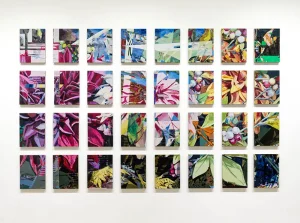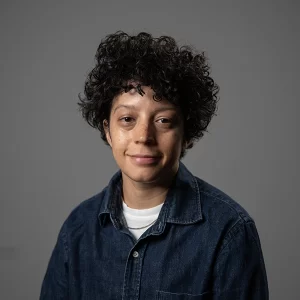Painting & Drawing
Express ideas through color and line. Expand your perspective. Make your mark.
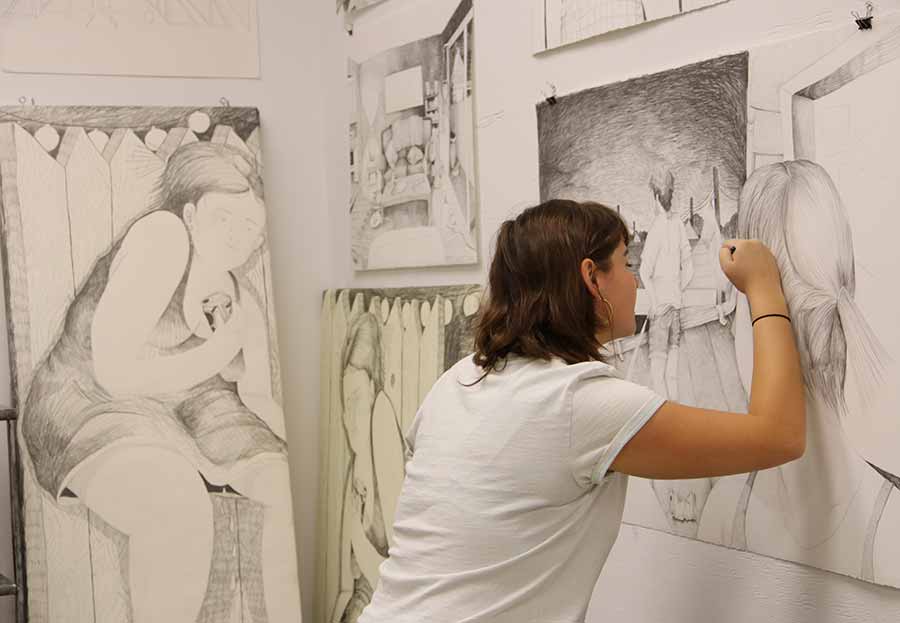
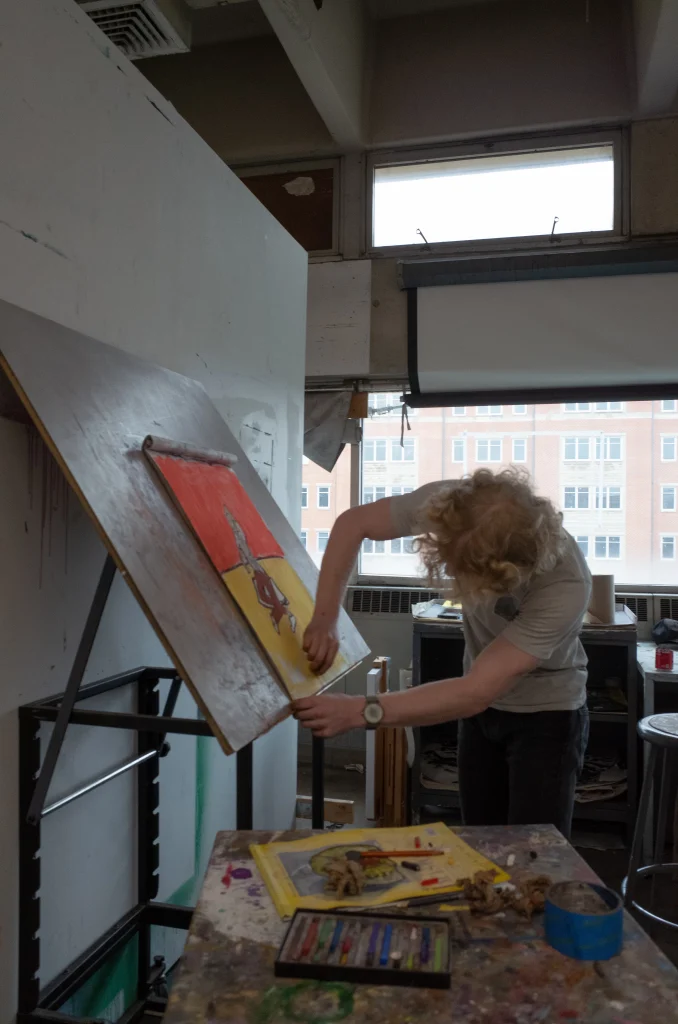
Compose your experience
Painting and drawing are artistic practices that transform abstract ideas into visual expressions. The School of Art offers graduate and undergraduate programs in painting and drawing as well as a minor and elective courses for non-art majors. In addition to traditional classrooms, open studios provide space for experimentation and innovation. We equip our students with the critical and practical skills needed to become practicing artists, educators, or creative professionals.
Programs in Painting and Drawing
Master of Fine Arts
The Master of Fine Arts degree in studio art with a concentration in painting and drawing offers students a rigorous, three-year interdisciplinary course of study. Our award-winning faculty mentor students to investigate critical, conceptual, and historical issues through structured coursework and self-directed studio practices. Graduate students have the opportunity to teach undergraduate courses or assist senior faculty in classrooms, labs, and workshops. Explore the options below to learn more about our graduate program.
Email faculty representative Joshua Bienko
Degree Requirements
Offered Courses
- ART 503 Theory/Practice/Art Fundamentals
- ART 504 First-Semester Graduate Seminar
- ART 507 Professional Practice: Teaching Internship
- ART 511 Graduate Painting + Drawing I
- ART 512 Graduate Painting + Drawing II
- ART 595 Visiting Artist Seminar
Option: Art History Minor
A graduate minor in art history may be arranged during the student’s first semester of study with the consent of the student’s area instructors and the art history faculty. After a review of previous undergraduate coursework, students must complete a minimum of 12 approved credit hours in art history. A reading knowledge of French, German, or Italian is a prerequisite, unless waived by the art history faculty. Graduate Council policy stipulates that a member from the minor unit must serve on the thesis committee.
Bachelor of Arts or Bachelor of Fine Arts
The School of Art offers a Bachelor of Arts degree in studio art and a Bachelor of Fine Arts degree in studio art to undergraduate students interested in painting and drawing. The Bachelor of Arts curriculum includes a higher percentage of general education courses for students pursuing a broader liberal arts education, whereas the Bachelor of Fine Arts curriculum includes more studio courses for students considering careers or graduate study in the visual arts. Our faculty work in a variety of media and modes of visual expression. Undergraduate painting and drawing students begin their studies building a solid foundation in artistic fundamentals before transitioning into more advanced courses aimed at cultivating more complex ideas, skills, and approaches. Explore the options below to learn more about our undergraduate programs.
Degree Requirements
Offered Courses
- ARTA 212 Drawing II
- ARTA 213 Painting I – Introduction
- ARTA 214 Painting II
- ARTA 215 Watercolor I
- ARTA 216 Watercolor II
- ARTA 219 Special Topics in Drawing/Painting
- ARTA 311 Drawing III
- ARTA 313 Painting III
- ARTA 411 Drawing IV
- ARTA 413 Painting IV
- ARTA 419 Special Topics in Drawing and Painting
Minor
The School of Art offers a studio art minor for students interested in painting and drawing while pursuing other fields of study. Explore the options below to learn more about our minor program.
Degree Requirements
Offered Courses
- ARTA 212 Drawing II
- ARTA 213 Painting I – Introduction
- ARTA 214 Painting II
- ARTA 215 Watercolor I
- ARTA 216 Watercolor II
- ARTA 219 Special Topics in Drawing and Painting
- ARTA 311 Drawing III
- ARTA 313 Painting III
- ARTA 411 Drawing IV
- ARTA 413 Painting IV
- ARTA 419 Special Topics in Drawing and Painting
Non-Major Electives
The School of Art offers courses in painting and drawing for non-art majors. Explore the option below to learn more about our non-major electives.
Offered Courses
- ARTN 211 Non-Major Intro to Drawing
- ARTN 213 Non-Major Intro to Painting
Faculty



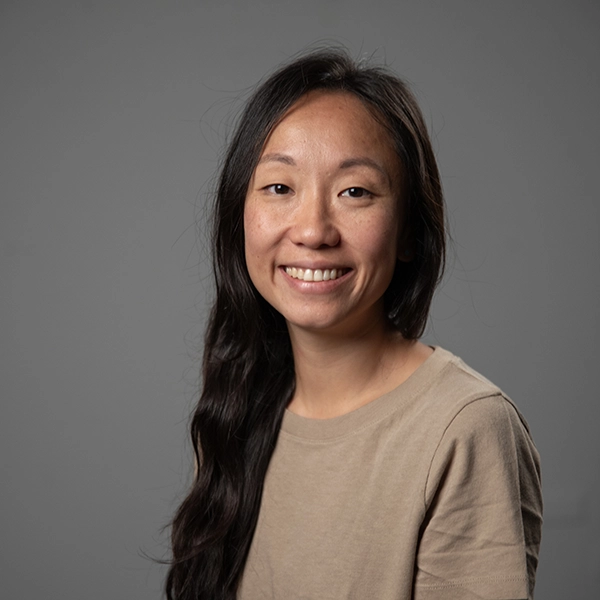
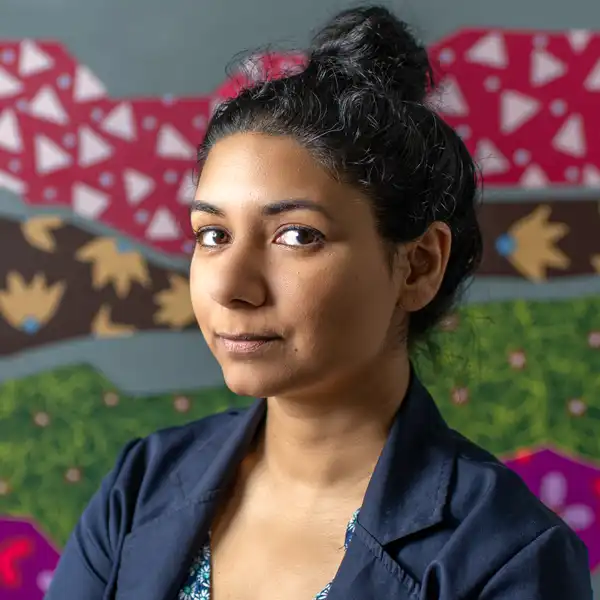

Christopher McNulty
Director and Professor, UT School of Art
Area of Study: Sculpture + Drawing


Painting and Drawing News
Resources
Artist-in-Residence Program and Visiting Artists and Scholars Program
Facilities
